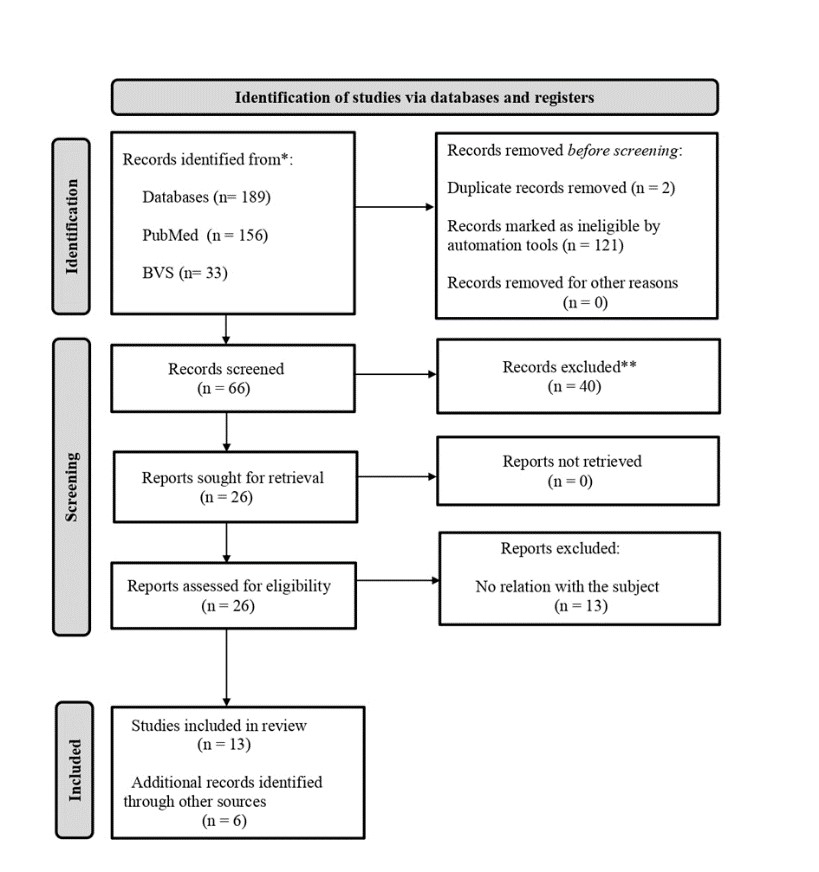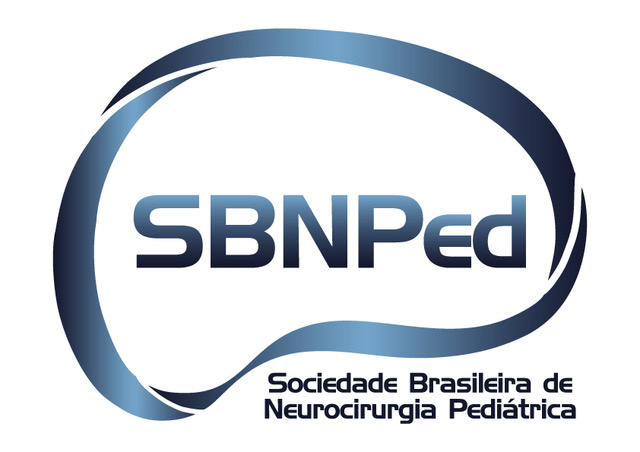Prognostic and post-surgical updates in the treatment of non-syndromic craniosynostosis: a systematic review
DOI:
https://doi.org/10.46900/apn.v6i3.265Keywords:
Keywords: Non-syndromic Craniosynostosis, Neurosurgery, Pediatric, PrognosisAbstract
Introduction: Craniosynostosis represents a rare congenital condition characterized by the premature fusion of one or more cranial sutures. The majority of cases of this disorder are non-syndromic in nature.
Objective: This study aims to conduct an analysis and comparison of available surgical techniques, evaluating their respective postoperative outcomes in the treatment of non-syndromic craniosynostosis. The focus lies on assessing functional, aesthetic, and neurological outcomes.
Methods: A systematic review was undertaken, encompassing the search for clinical trials (including randomized trials), systematic reviews, and meta-analyses available online in both Portuguese and English languages. The search terms "prognosis" and "non-syndromic craniosynostosis" were utilized along with the boolean operator "AND". Articles published between 2018 and 2023 were filtered through the Virtual Health Library (VHL) and PubMed platforms, specifically targeting studies presenting prognostic data related to craniosynostosis in pediatric patients up to 12 months of age.
Results: The most favorable prognostic outcomes identified in this investigation were associated with conventional cranioplasty and minimally invasive endoscopic craniectomy techniques. Notably, conventional cranioplasty demonstrated superior intellectual outcomes among patients undergoing this procedure, with an average intelligence quotient of 111.7 ± 13 and academic performance aligning closely with national averages across various domains. Conversely, minimally invasive endoscopic craniectomy exhibited low rates of blood transfusion, complications, and reoperations.
Conclusion: The findings underscore the superior cognitive prognosis associated with conventional cranioplasty, positioning it as a highly applicable surgical option for addressing craniosynostosis, supported by robust evidence.
Downloads

Downloads
Published
How to Cite
Issue
Section
Categories
License
Copyright (c) 2024 Brenda Martins da Silva, Marina Eduarda de Almeida, Jéssica Camila Alves Quadros, Caroline Martins Franco, Nicollas Nunes Rabelo

This work is licensed under a Creative Commons Attribution 4.0 International License.

When publishing in Archives of Pediatric Neurosurgery journal, authors retain the copyright of their article and agree to license their work using a Creative Commons Attribution 4.0 International Public License (CC BY 4.0), thereby accepting the terms and conditions of this license (https://creativecommons.org/licenses/by/4.0/legalcode).
The CC BY 4.0 license terms applies to both readers and the publisher and allows them to: share (copy and redistribute in any medium or format) and adapt (remix, transform, and build upon) the article for any purpose, even commercially, provided that appropriate credit is given to the authors and the journal in which the article was published.
Authors grant Archives of Pediatric Neurosurgery the right to first publish the article and identify itself as the original publisher. Under the terms of the CC BY 4.0 license, authors allow the journal to distribute the article in third party databases, as long as its original authors and citation details are identified.





























